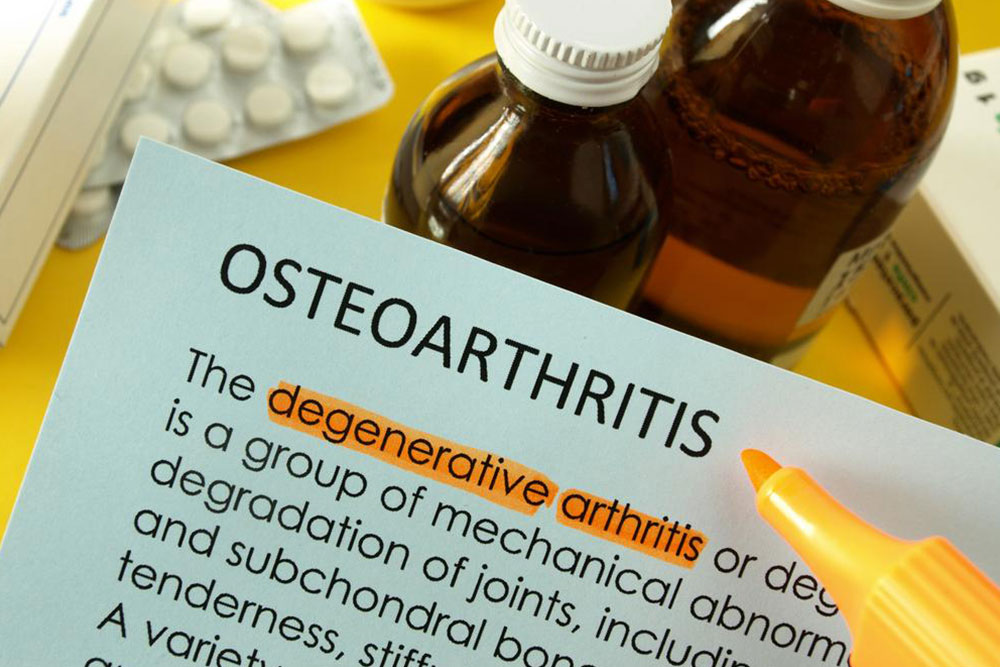Effective Strategies for Managing Osteoarthritis Symptoms
Osteoarthritis is a common degenerative joint disease affecting millions. While incurable, symptoms can be effectively managed with medications like NSAIDs and corticosteroids, physical therapy, and in severe cases, surgery. Lifestyle adjustments and targeted exercises also play a crucial role in relief. Proper diagnosis and professional guidance ensure better management, helping patients maintain mobility and improve their quality of life.
Sponsored

Osteoarthritis (OA) is a degenerative joint condition characterized by the gradual breakdown of cartilage, leading to pain and stiffness. Affecting approximately 27 million individuals, it commonly impacts joints such as the knees, hips, neck, and toes. The risk increases with age, especially after 65. Symptoms include joint stiffness, discomfort after activity, and swelling, which worsen over time. While there is no cure, proper diagnosis and treatment can help manage symptoms and improve quality of life.
Medical treatments often involve a combination of medications and therapies. Common drug options include NSAIDs like ibuprofen and naproxen to reduce inflammation and pain, as well as corticosteroids for severe inflammation. Hyaluronic acid injections help lubricate joints, decreasing friction and discomfort. Analgesics are used to relieve pain, while physical therapy and assistive devices support mobility.
Beyond medications, lifestyle modifications such as proper joint use, cold and hot treatments, and targeted exercises can provide relief. In advanced cases, surgical options like joint replacement may be considered to restore function and alleviate pain. Consulting healthcare professionals is essential for tailored management plans to effectively control OA symptoms and maintain activity levels.






